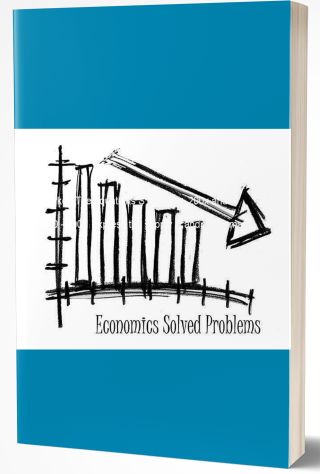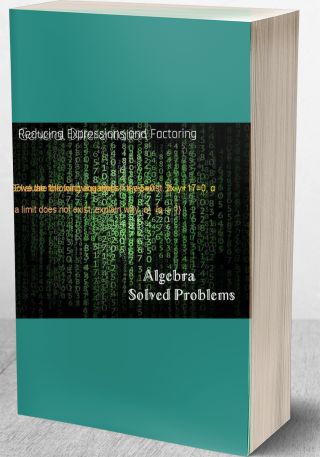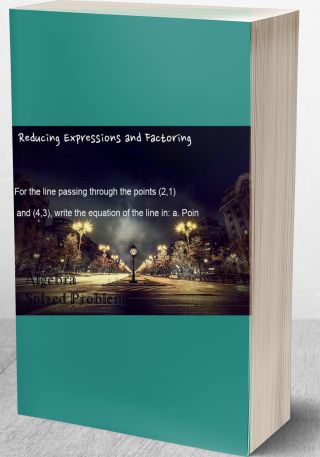A very poor consumer spends his daily income of $6 (I) on: Bread (X) which costs .25cents per unit (
Question: A very poor consumer spends his daily income of $6 (I) on:
Bread (X) which costs .25cents per unit (PX) and milk (Y) which costs $1 per unit (PY).
His preferences are described by the utility function: U=X3/4Y3/4.
a) What is his marginal rate of substitution (MRSYX), his budget constraint (BC), his optimal condition, and his optimal consumption of bread and milk (X*1, Y*1)? On an indifference curve (IC) diagram, show:
The consumer’s budget constraint (with intercepts and slope), opportunity set, indifference curve with marginal rate of substitution, and optimal point.
b) Because this consumer is so poor, he must worry about getting the minimum daily amount of an important nutrient that he needs to stay alive. He gets 1 unit of the nutrient per unit of bread (NX) and 1 unit of the nutrient per unit of milk (NY).
He needs at least 10 units of this nutrient per day to stay alive (J).
What is his subsistence constraint?
Does the consumption bundle you found in part (b) satisfy both constraints? Sketch the consumer’s new opportunity set.
c) Now the price of bread rises to .50cents per unit (PX2).
Sketch the consumer’s new opportunity set (with all the constraints).
What is the consumer’s new optimal amounts of bread and milk (X*2, Y*2)?
d) In part (d) are bread and milk normal or inferior goods? Are they Giffen goods?
In part (c), if bread consumption increases as its price goes up, is it now a Giffen good?
Deliverables: Word Document


![[Solved] A consumer’s preferences for X and Y are described by the utility function: U = X2/3Y1/3. Price of X #6525 Other Economics](/images/downloads-images/featured/Economics-question-6524.jpg)

![[Solved] The King Card Company has a return-on-assets (investment) ratio of 12 percent. a. If the debt-to-to #5634 Other Economics](/images/downloads-images/featured/Economics-question-2786.jpg)
![[Solution] The El Dorado Star is the only newspaper in El Dorado, New Mexico. Certainly the Star competes with #1125 Other Economics](/images/downloads-images/featured/Economics-question-14736.jpg)

